Airdrop
A lo-tech air harvester aims to alleviate the effect of drought on agriculture
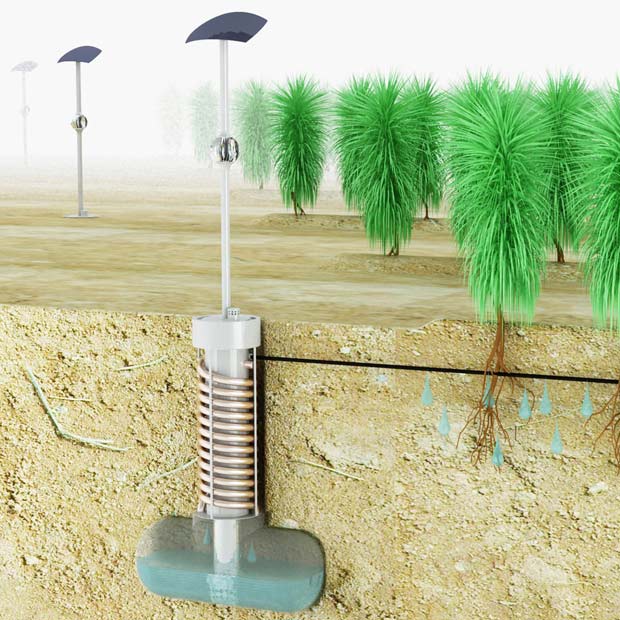
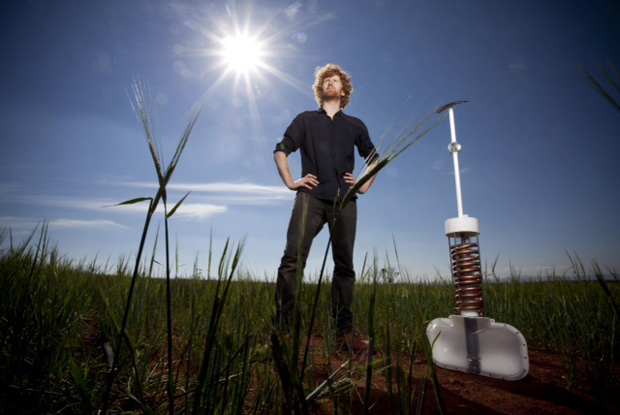
Dependent on regional agriculture for sustenance and economic security, rural communities are often the hardest hit by droughts. Following a twelve-year dry spell in southeastern Australia’s Murray Darling basin, Edward Linnacre saw the need for a lo-tech solution to maintain agriculture in particularly arid climates. The Swinburne University of Technology student created Airdrop, an “air harvester” that collects and distributes critical moisture to crops during droughts, earning him this year’s James Dyson Award.
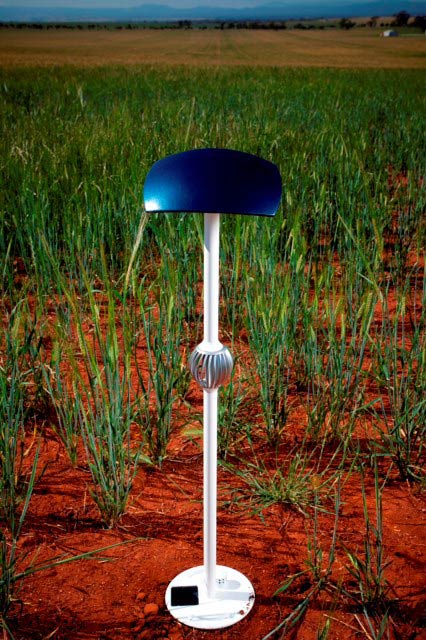
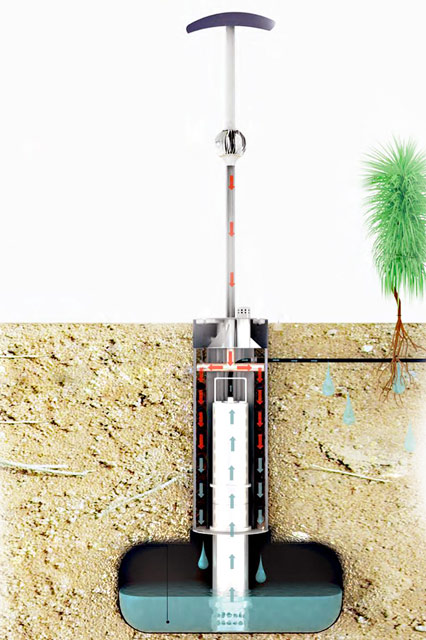
With a deceptively modest design, Airdrop filters hot environmental air through a turbine, feeding it through a copper tubing system—with copper wool to maximize surface area—and into the earth where it cools and releases moisture. The dry air is then re-released into the atmosphere and the collected water pumped through semi-porous hoses to the plant roots. In his initial prototype—which was much smaller than the current design—Linnacre was able to produce one liter of water per day.
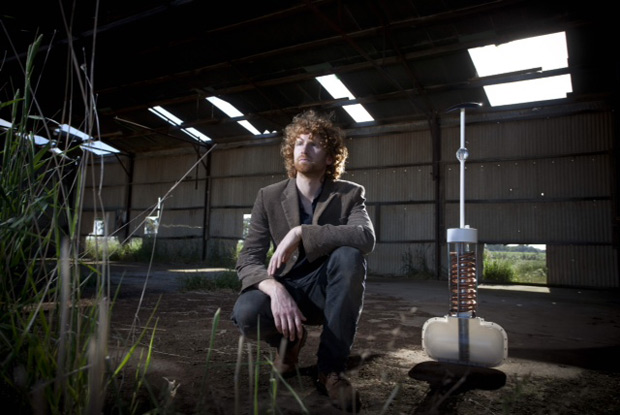
Airdrop’s wind turbine takes its inspiration from everyday rooftop turbines and can be powered through a solar panel in low-wind conditions. Critical to Linnacre’s design was simplicity—the Airdrop was created to be used by anybody, anywhere. As Linnacre explains, “A lo-tech solution is perfect for rural farmers. Something that they can install. Something that they can maintain themselves.” According to his research, even the driest air can produce 11.5 millimeters of water per cubic meter, and Airdrop’s low energy solution to irrigation is a sustainable alternative to other methods like desalinization.
As part of the award, Linnacre will receive £10,000—and his university receives an additional £10,000 prize—for further research and development on the Airdrop, which is still in prototype mode.












